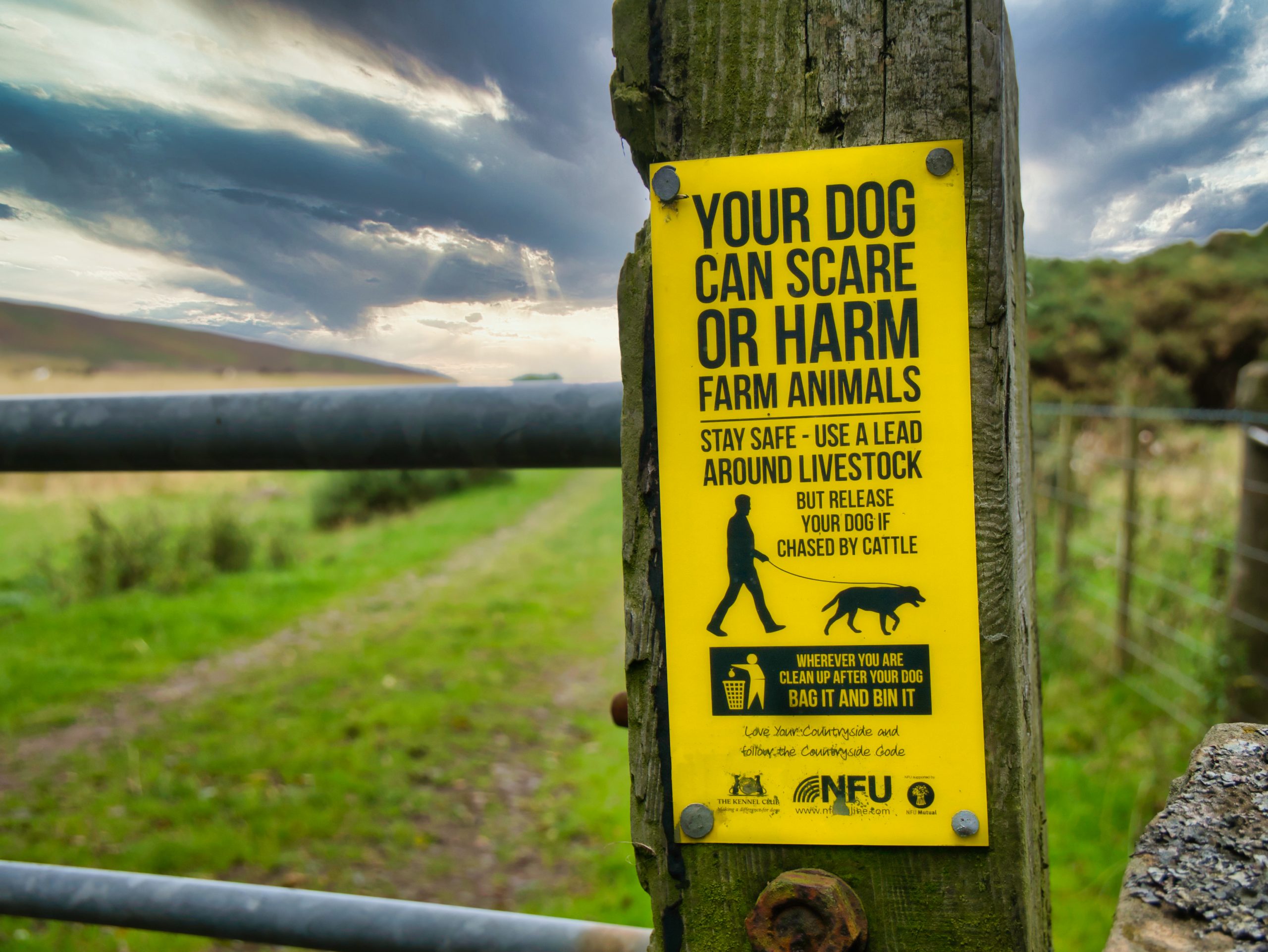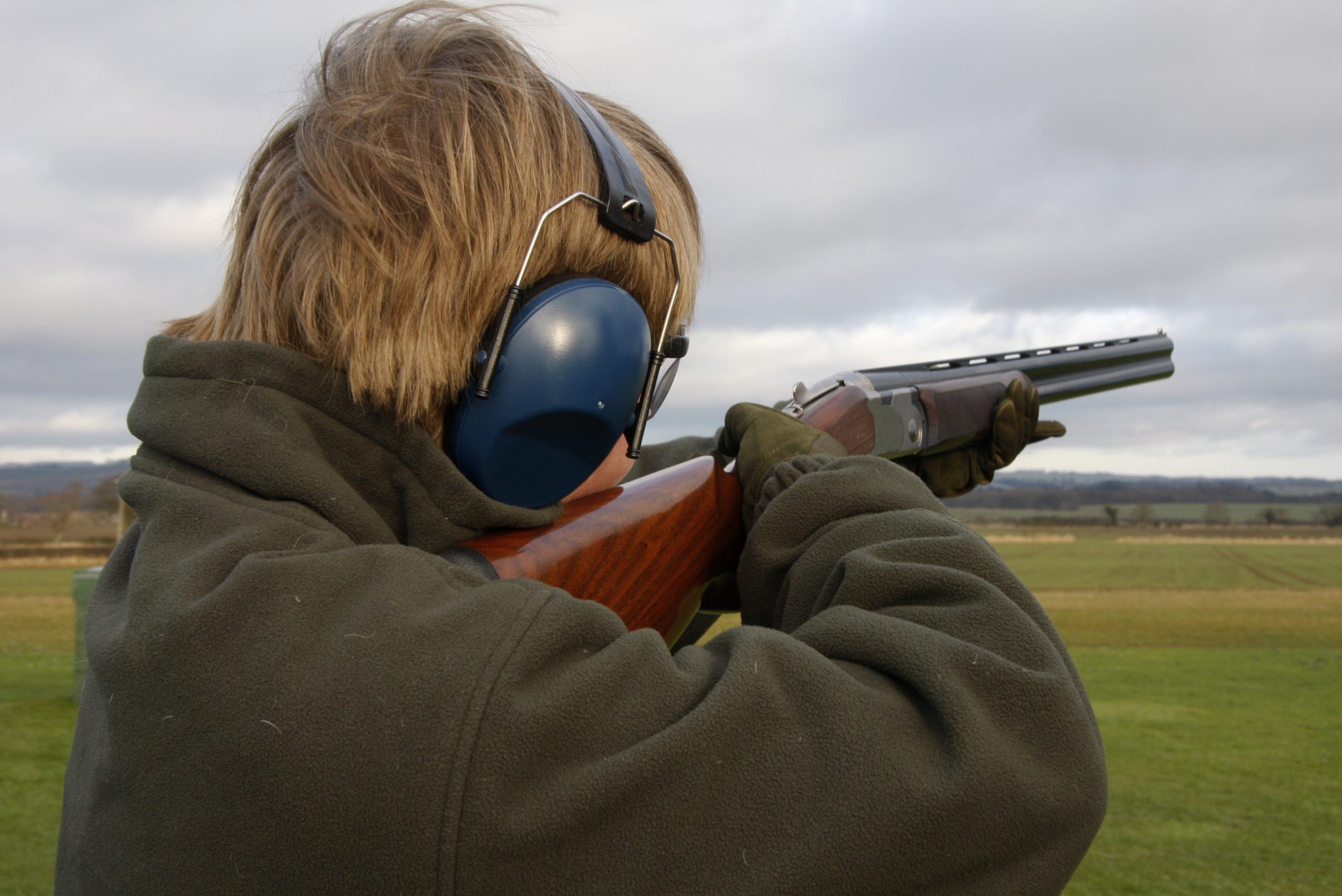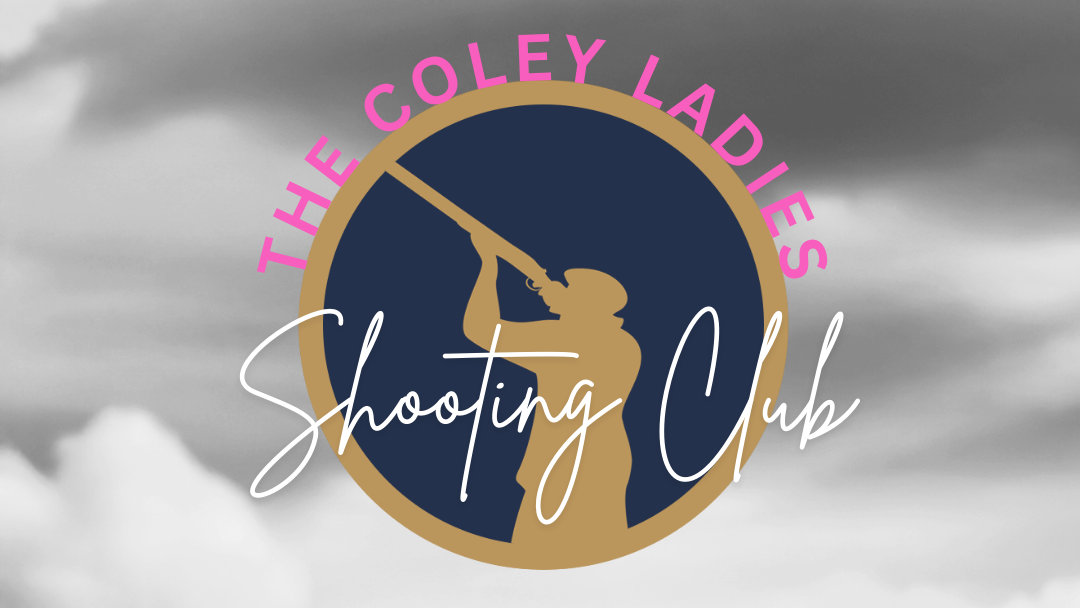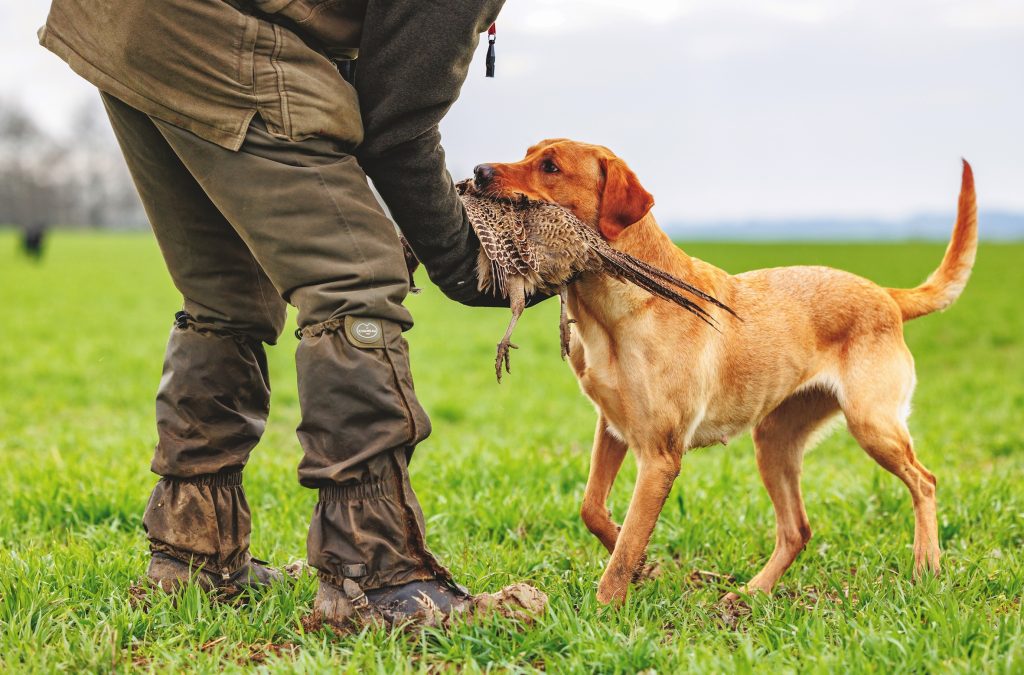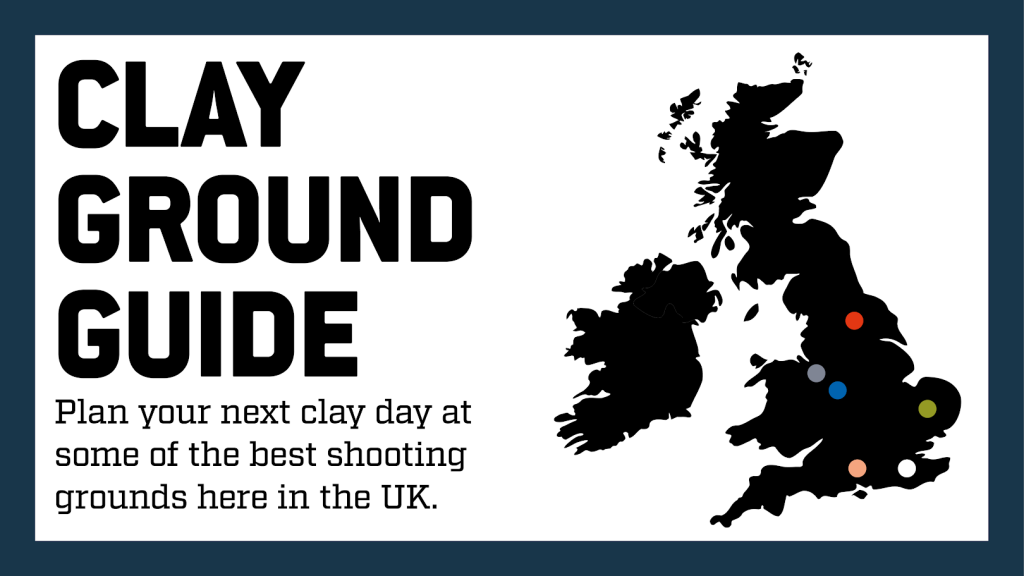Field shooting in Denmark
Dom Holtam heads to Denmark to experience a Field Shooting competition and test out the latest gear from Zeiss, Geco and Sauer
“The main thing to remember is to have fun,” say Zeiss’s Armin Dobat as he gathers us together outside the Ulfborg Shooting Centre in Denmark. “We will be scoring this but it is not a serious competition.” Okay… 25 of Europe’s top hunting journalists, head-to-head in a Field Shooting contest? Not serious? Hmm. I suspect that behind the smiles and the jokes this will be very serious indeed.
But let me rewind a bit. What are we doing here? This is something of a ground-breaker in terms of press events. Zeiss, Sauer and Geco have all joined forces on this, providing product and personnel.
Zeiss has its latest and greatest rifle scope, the Victory HT. This not only includes the smallest illuminated dot ever (making it perfect for long range accuracy) but also showcases the company’s new ASV+ bullet drop compensator.
Sauer has kindly loaned every hack a Sauer 202 to put the Victory HT on, as well as supplying the latest 303 semi-auto rifles for tackling moving targets and even some Sig Sauer handguns for a pistol shooting exercise.
Geco has been taking the ammunition market by storm by combining performance with unbeatable value. Here it is debuting two new bullets: the high-speed Express hunting round with a special ballistic tip design and also a Plus bullet for targeting heavy game. The company has brought a large supply of ballistic gel and a healthy collection of watermelons to demonstrate its wares but it will be the competition that provides the acid test.
Our venue is quite possibly the most incredible shooting ground I have ever visited. Built for the military, the bunkhouse accommodation might be pretty basic, but the shooting facilities are anything but. There are ranges for pistols, rifles, driven boar and running stags. There are multi distance lanes which we will use to tackle targets right out to almost 600m. There are even high seats for simulating real hunting scenarios.
And that is the entire point of Field Shooting. The aim is to replicate real hunting scenarios and put the shooters into tricky and awkward positions, tackling different types of target at different ranges from prone, kneeling, sitting and standing. Sometimes you use sticks, other times you have to shoot freehand. Sometimes open sights, other times using scopes. In the real competitions there is often a time pressure element, too, shooting against the clock on particular stands.
It is a hugely popular discipline in Scandinavia, and looking through the different stages we will face today highlights the massive cross-section of shooting styles. Some of the stands are quite straightforward but are designed to test the capability of the Zeiss ASV+ facility by featuring two sets of targets at vastly different ranges.
It’s impressive just how quickly and easily we could go from shooting a fox target at 100m to hitting the kill zones on a wild boar silhouette at 300m.
The Victory HTs are mounted with swing-off mounts so some of the challenges will be faced using the Sauer’s open sights. Martin Schuster is an Austrian hunting writer and in my squad for the competition. He explains that using open sights is an integral part of hunter training in his country. “If you are blood tracking a wounded wild boar in heavy cover, you need to react very quickly. A scope is impossible so we are trained to shoot from the shoulder with open sights.” That kind of skill, in that kind of scenario could, quite literally, be a life-saver.
The moving targets are my favourite and there was a funky light-up ‘score board’ on the running stag that showed how good your last shots were. The speed of the boar target and the short space in which to shoot made it particularly challenging. It was interesting to see that the some of the Continentals who did a lot of driven hunting were putting in scores twice as high as my mediocre offering. Proof that the more you practice, the luckier you get!
The high seat challenge was tricky – the bar was low and there was nowhere to rest your back elbow. We got to experience safari-spec recoil courtesy of a ‘special stage’ with a Sauer 202 Hatari in .458 Lott. The recoil wasn’t too bad from standing but I’m glad the Cape Buffalo was only a paper target after shooting it in the leg rather than the heart…
I felt much more comfortable shooting from prone using a rucksack as a rest. It felt similar to the type of shooting I’ve done on the hill and in the Alps and I could hold my head a little higher after these tests. We also had a set of sticks which we had to utilise from standing, from sitting and even from kneeling using just one leg of the sticks to rest on.
The ability to improvise and an understanding of sound shooting technique were essential to do well, but even the old hands admitted they had learnt plenty from the experience.
So, after several hours of hiking, shooting and soaking up some Danish sunshine, we reconvened for the final tally.
Ulf Lindroth is already famous in his homeland of Sweden for his DVDs on fox calling and goose decoying (we will be reviewing these in an upcoming issue) but he soon gained a bit more notoriety with his performances over these two days. Firstly for hitting a small steel target at 540m over and over again while shooting freehand. Secondly for kicking everybody’s backside in the competition! Germany’s Peter Diekmann took the long-range prize while veteran Dutchman John Gerrards took the prize for best all-rounder.
How did the Brits do? Well, we didn’t come last by any means, battling hard towards mid-table mediocrity. It’s fair to say that the moving targets were our biggest problem – not surprising given that this type of hunting is very much a Continental discipline.
The distinguished members of the press managed to work their way through some 16,000 rounds of ammo during the two days and most of us left with bruised and battered shoulders as well as enormous grins.
Admittedly, I wouldn’t be (indeed, couldn’t afford to be) this extravagant with my own ammo. However, I certainly think I will be arranging a practice session that requires shooting from several positions rather than the usual three shots off the bi-pod to check zero – and a rimfire or air-rifle would be ideal for honing these skills without pounding your shoulder meat to oblivion and burning through cash. And to have both the capability and the confidence to make a killing shot in less than ideal circumstances is a useful tool to add to any shooter’s arsenal.
Watch the film! Go to www.fieldsportschannel.tv
Geco: The Express bullet features a ballistic tip with a clever hollow point behind it. It also has a thinner jacket on the forward section of the bullet to give rapid expansion upon impact.
It gives terrific knockdown power due to explosive performance on impact. The width of the wound channel and the number of bullet fragments in the ballistic gel illustrates this graphically.
It also performs remarkably well at lower velocities – as when varminting at extended range. Where rival bullets fail to open up and the bullets tumble upon impact, the Geco Express still delivers explosive performances – demonstrated rather graphically with the aid of some watermelons!
The Plus bullet is designed for tougher game – such as wild boar in Europe, or perhaps African plains game. The advantages of its bonded construction are higher levels of penetration even when striking bone. The bullet easily passed through our ballistic gel. The wound channel was smaller and there were almost no visible fragments, showing that the bullet retains its weight and energy. This also means that meat damage is minimised.
Geco has been making ground in the ammunition market thanks to its aggressive pricing, but with these two new launches it shows that it is happy to innovate and compete with the very best. Visit geco-munition.de for more information.
Zeiss Victory HT and ASV+: We first handled the prototypes for the HT range last autumn and there was no disguising the pride of the Zeiss team. With total light transmission of 95 per cent, this is the brightest rifle scope on the planet, making it the dream choice for serious hunters.
It also features the finest illuminated dot, too. This is important when shooting at longer ranges. On a sporting rifle scope, often the dot covers a lot of the target at long ranges, hampering accuracy. On the Victory HT, the dot subtends just 2.3cm at 300m, allowing serious marksmen to put in tiny groups – something demonstrated time and again over the weekend.
The ASV+ is really simple to use. The ring corresponds to your chosen calibre’s ballistic profile (and you can change them – even order custom rings if you shoot something totally out of the ordinary). So once you have zeroed the rifle at 100m and set the ring correctly, all you need to do when the range increases is click the ring round to two (for 200m), three (for 300m)… all the way up to 600m. You just have to aim dead on target.
It’s an easy and effective tool to use in the field and ideal for hunters. Visit www.zeiss.com for more information.
Sauer rifles: One of the most famous hunting rifles on the planet, the 202 combines traditional values and craftsmanship with cutting-edge technology – as you would expect from a company with 260 years of heritage behind it.
The 202 has classically elegant lines. The metalwork’s Ilaflon coating is smart and extremely durable, while the stock is well designed, has a lovely Schnabel fore-end and uses nicely figured wood – although synthetic stocks are also available.
We used the 202 in .308 Winchester – a popular calibre for UK shooters, and inherently accurate – but the Sauer 202 has full barrel-swap capability so you can change calibres to suit your quarry or desire.
Our test guns were also fitted with swing-off mounts allowing the scope to be removed in a second so we could use open sights for some of the challenges
There is a 202 in my gun cabinet in .30-06 and I love it. But if you want to see just what the 202 is capable of in the right hands, watch the Sauer 202 Hunter’s Video film on YouTube!
One gun that won’t be joining it, sadly, due to UK gun laws is the 303. This semi-auto full bore is brilliant fun and absolutely ideal for driven shooting where fast handling is the name of the game.
This rifle features a new trigger design that is light, clean and crisp – not the norm for this genre of gun – and an excellent ambidextrous thumbhole stock. The stock is tough and practical composite, and the cheekpiece is adjustable to allow you to shoot open sights or raise the comb and use a telescopic.
The recoil, as with a semi-auto shotgun, is significantly reduced as the gun uses the energy to cycle the next round. This makes the 303 a soft-shooting joy to use and it proved both great fun and deadly accurate on the driven game simulations. Visit www.sauer.de for more information.

